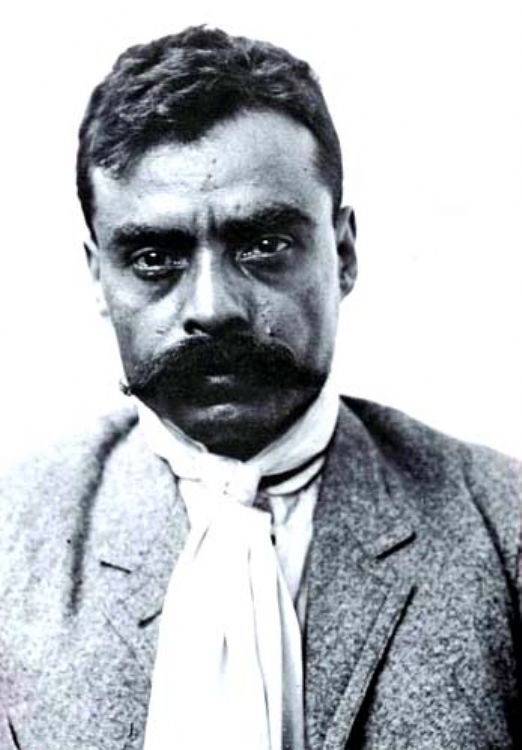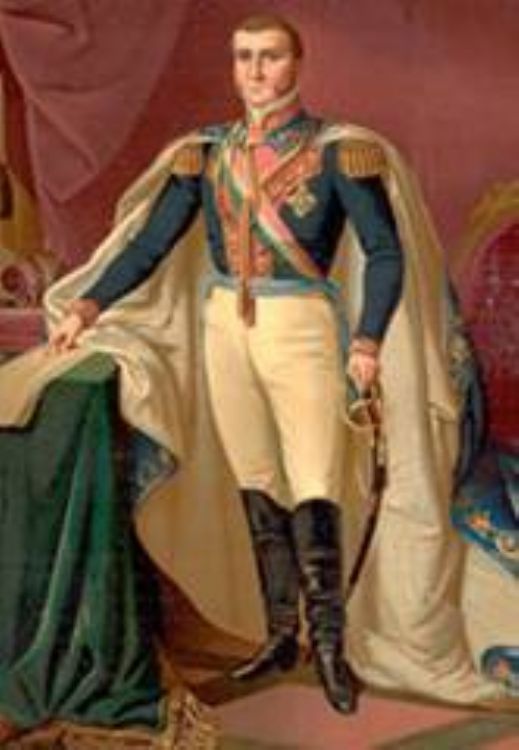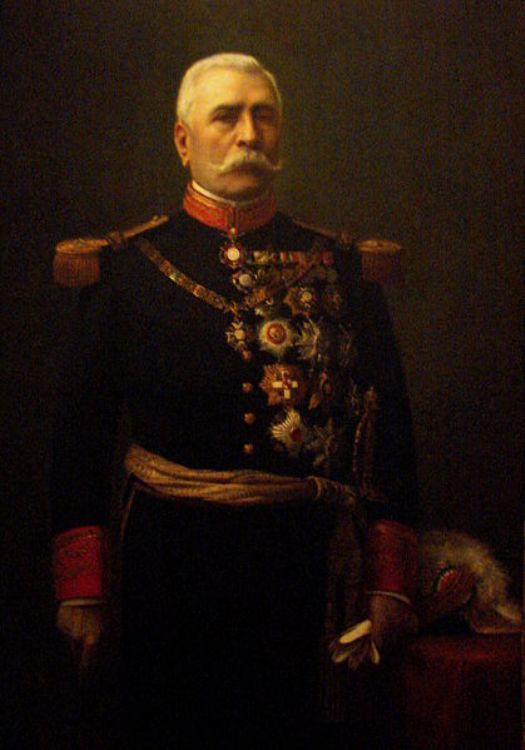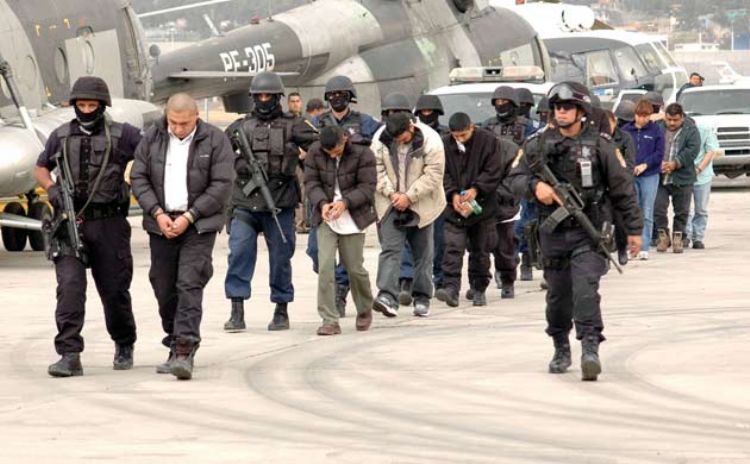INAH

The National Anthropology and History Museum (INAH) of Mexico is a public organism dedicated to the research, preservation, protection and publication of the prehistoric, anthropologic, archeological and historical heritage of Mexico. INAH was created in 1939 by then president, Lazaro Cardenas. Since 1957, INAH promotes tours guided by specialists to historic and archeological sites.
Currently, INAH is responsible for more than 110,000 historic monuments built between XVI and XIX, 29,000 archeological sites and more than 100 museums throughout the country, with collections have been displayed in national and international exhibits. The National Anthropology and History School, plus the National Preservation, Restoration and Museography School, are dedicated to the education of INAH collaborators.
INAH extends its cultural heritage research and preservation efforts through its Photograph, Audio and Film Archives, and the Anthropology and History Library; all devoted to the greatest document archive in Mexico. More than 400 history, social anthropology, physical anthropology, archeology, linguistics, etnohistory, ethnology, architecture and heritage preservation experts constantly collaborate with this institute.
The priorities of INAH are to excavate archeological sites, rescue and restore historic monuments, record archeological pieces and provide educational services for museums. The National System of Photography, Cinematography and Audio Archives are composed by centers throughout the country that safeguard the music, film and icon wealth of the country.
The National Anthropology and History Library (BNAH) is the most complete of its type in all Latin America; its archive safeguards codex, manuscripts from the Inquisition, newspapers printed since the 19th century, books from the religious order that evangelized Mexico, rare books, specialized magazines and testimonies from the Mexican Revolution; offering a vast view of the various national history stages. It originated in 1825, prompted by the creation of the National Museum, during the early years of Independent Mexico, and by the initiative of Maximilian of Hapsburg in 1865. Since 1964, it is located within the facilities of National Anthropology and History Museum, in Mexico City. In order to support its crucial work, BNAH has a world-class restoration lab.
The National System of Photography Archives (SINAFO) is an organ created with the mission of norming and coordinating the preservation, cataloguing, digitalizing and reproduction of photograph archives safeguarded by INAH. SINAFO is found within the National Photograph Archive, in the city of Pachuca, in the State of Hidalgo. The National Photography Archive System is composed of nineteen photograph archives that belong to INAH and other public and private institutions, with presence throughout the country and devoted to preserving approximately two and a half million photographs.
Article Produced by the Editorial Team of Explorando México.
Copyright: Explorando México. All Rights Reserved.
Image: INAH






